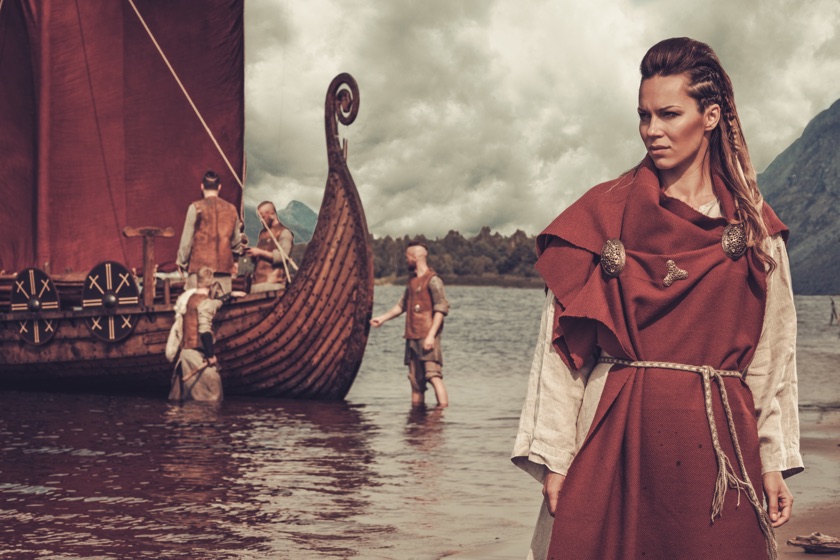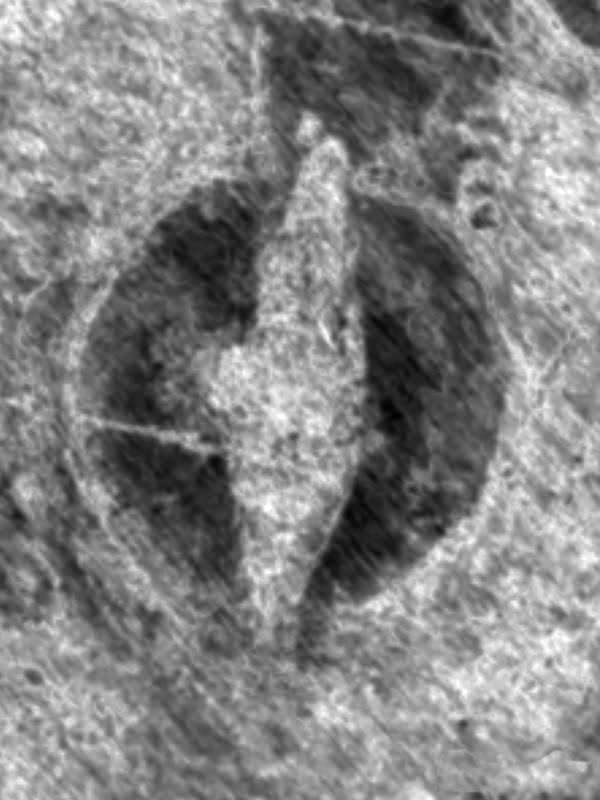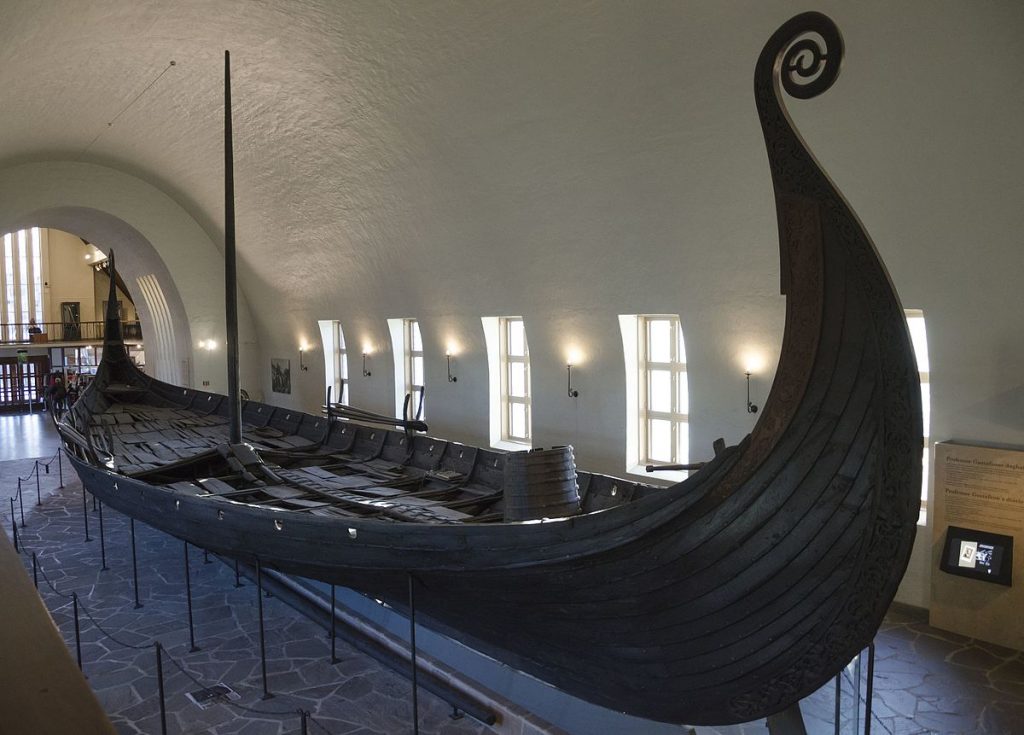
A team of archaeologists in Norway have detected one of the largest Viking ship graves ever found using advanced radar technologies.
The Oslofjord region has turned up treasure again!
A team of archaeologists have discovered what clearly appears to be the remains of a 65-foot-long Viking ship buried underground at Viksletta near Fredrikstad in south-east Norway.
Another burial site near Oslo
It was likely dragged from the nearby Oslofjord and covered over more than 1,000 years ago to serve as the final resting place of one of the most prominent Vikings in Norway: a king, queen, or a local chieftain.
Experts are talking about the rarity of the find. “I think we could talk about a hundred-year find,” says archaeologist Jan Bill, curator of Viking ships at the Museum of Cultural History in Oslo, to National Geographic. “It’s quite spectacular from an archaeology point of view.”
Burial ships – like the ones in Oslo's Viking Ship museum – have been found over the years, preserved in the soil.
An unsurprising surprise
So the location must have been a surprise to all? Well, not exactly. The grave site close to Fredrikstad is well-known because of a 30-feet-tall Jellhaugen mound. Better still, it’s even visible from the main road!

The thing is, archaeologists thought any archaeological remains in the surrounding farms had been destroyed by agricultural equipment in the late 19th century.
But officials from the county of Ostfold asked the Norwegian Institute for Cultural Heritage Research (NIKU) to survey the area. The same organisation have been working on the recent archaeological finds underneath Trondheim city centre.
Using an advanced ground-penetrating radar array, the team scanned the soil underneath 10 acres of farmland around the mound. They found evidence of several large graves and traces of the hull of a ship – just twenty inches below the ground!
The discoveries were made by NIKU archaeologists Lars Gustavsen and Erich Nau with technology developed by the Ludwig Boltzmann Institute for Archaeological Prospection and Virtual Archaeology (LBI ArchPro).
The ship appears to be well-preserved, as the scans show relatively clear outlines of the keel and first lines of planking. Several structures including three large longhouses are also visible underneath the site.

What's next?
Future archaeological work will include more advanced scanning techniques using a magnetometer and the possibility of cutting test trenches to better analyse the ship's condition, although non-invasive investigations will take priority.
The wood in the lower part of the ship appears to be preserved. If so, it should be able to be used to date the ship more precisely.
It's too early to say what condition the ship is in and whether a full excavation can take place.
Experts however say the chances of finding a Viking loot along with the burial ship are highly unlikely, even though kings and queens were often buried with treasure. They say many such sites were robbed centuries ago.


This is good news. I hope the Viking ship can be removed safely and restored.
Sadly too little of our Norwegian past has been saved in artifacts and writings.
I am currently staying in Germany where often Churches, restaurants and other
locations, are dated back hundreds if not a thousand years. My home is in
Kristiansand on the south coast of Norway. Not only has most remains from
Viking times, not been preserved, but even home and buildings dated just a few
hundred years back are being destroyed. A big attraction for tourists has been
a section of the old part of town, slowly been allowed to be torn down, replaced
by ugly concrete buildings. Shame on the city planners .
I have ancestry in the Fredrickstad region. Rolvsoy is my ancestors homeland. I am very excited by the find. I visited relatives in Hoidolsvein in May. What a thrill to discover the heritage of my family. Joel Hidahl Forestville Ca.
This is very exciting news. We recently moved to Norway and chose to live in Fredrikstad (instead of Bergen where my family is from). I’m looking forward to more updates about this incredible discovery. Keeping my fingers crossed that it can be fully excavated.